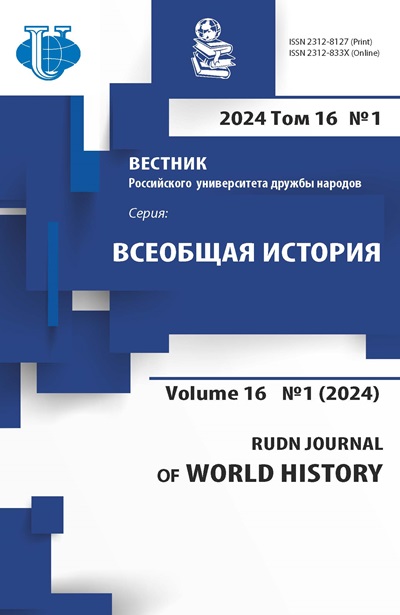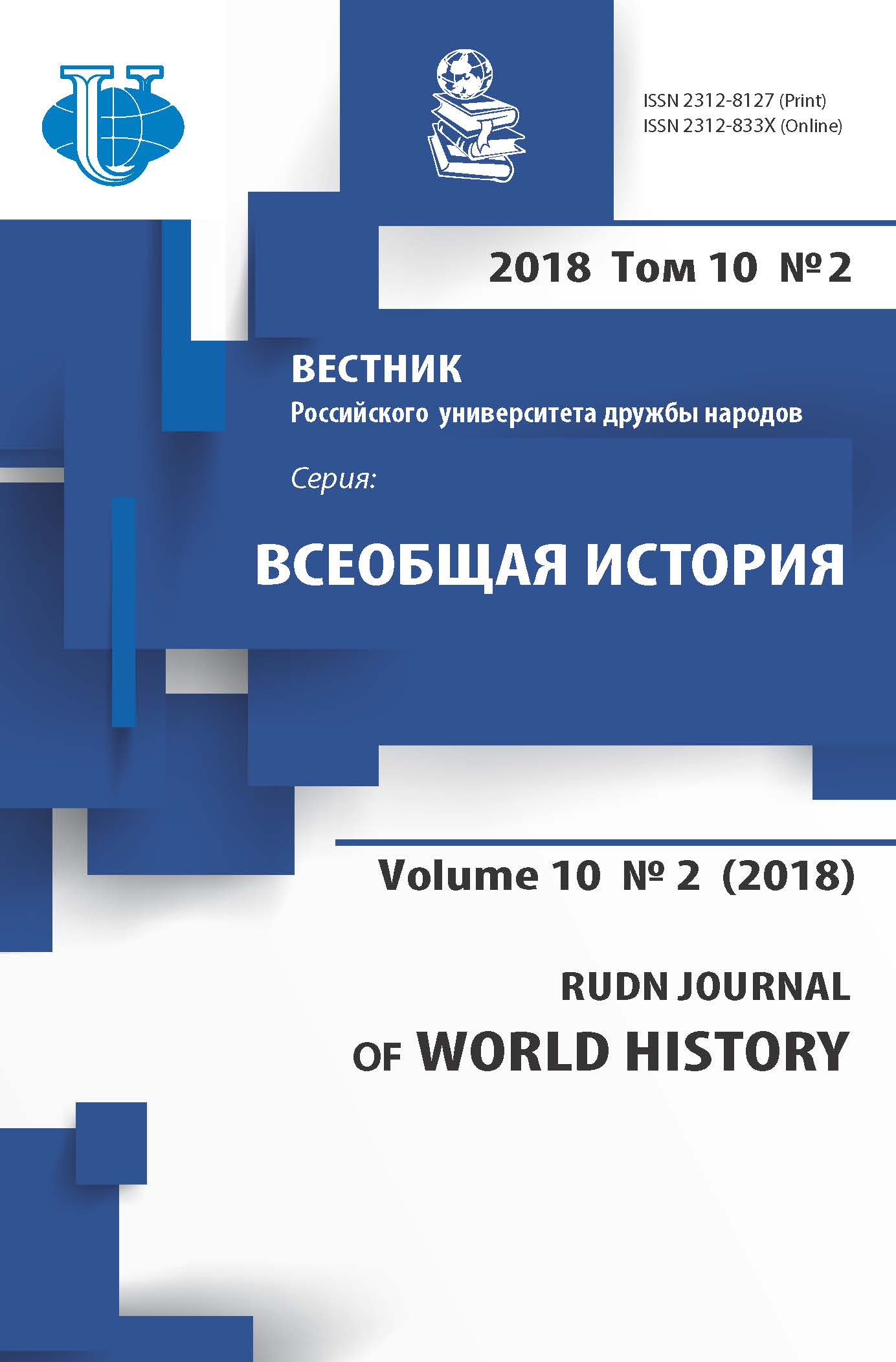KARAKORAM HIMALAYAS AND CENTRAL ASIA. THE BUDDHIST CONNECTION
- Authors: Warikoo K1
-
Affiliations:
- Jawaharlal Nehru University
- Issue: Vol 10, No 2 (2018)
- Pages: 109-125
- Section: Dialogue of civilizations
- URL: https://journals.rudn.ru/world-history/article/view/19539
- DOI: https://doi.org/10.22363/2312-8127-2018-10-2-109-125
Cite item
Full Text
Abstract
The Karakoram-Himalayan region is the cradle from where ancient Indian culture including Buddhism spread to different directions in Central Asia, East Asia and South East Asia. Gilgit, Chilas, Chitral, Baltistan, Ladakh, Zanskar and other frontier areas have been important mileposts on the famous Silk Route. Buddhist savants from India contributed to the spread of Buddhism in Central Asia and East Asia. One of the eminent scholars was Kumarajiva (344-413 AD) who broke political, geographical, cultural and linguistic barriers for propagation of Buddhism. Hieun Tsiang mentions four important centres of Buddhism in Central Asia - Shan-shan (Kroraina), Khotan, Kucha and Turfan. Kashmir played an important role in introducing Buddhism to Khotan, which in turn played a key role in the transmission of Buddhism to China. Several important places on the Silk Route system such as Kucha, Balkh, Bamiyan, Khotan, Kashgar etc. developed into important centres of Buddhism when parts of Central Asia and north-western India were integrated into a single kingdom under the Kushans.)
Keywords
About the authors
K Warikoo
Jawaharlal Nehru University
Author for correspondence.
Email: kwarikoo@gmail.com
Phd., Professor at Centre for Inner Asian Studies, School of International Studies, Jawaharlal Nehru University (New Delhi, INDIA).
New Delhi 110067, INDIAReferences
- Bailey, H.W. An Itinerary in Khotanese Saka, Acta Orientalia. Vol. 14, 1936.
- Bongard Levin, G.M. India and Central Asia: Historico-Cultural Contacts in Ancient Times // Central Asia. Edited by Amalendu Guha. New Delhi, 1970.
- Chakravarti, N.P. Hatun Rock Inscription of Patola-deva // Epigraphica Indica. Vol.38, 1953.
- Deom, Jean-Marc. Kazakhstan: The Petroglyph Site of Tamgaly-Tas. URL: www.international.icomos.org/risk/2004/kazakhstan2004.pdf.
- Goryacheva, Valentine. Buddhist Heritage of Central Asia // Bamiyan: Challenges to World Heritage. Ed. by K. Warikoo. New Delhi, Bhawana Books, 2002.
- Haider, Mehtab. Museums to house Buddha carvings found from Bhasha dam site // Pamir Times, 3 May 2013.
- Hauptmann, Harald. Rock Carvings and Inscriptions along the Karakorum Highway. Heidelberg Academy of Sciences and Humanities, 2006.
- Hinuber, Oskar von. Die Palola Sahis: ihre Steininschriften, Inschriften auf Bronzen, Handschriftenkolophone und Schutzzauber: Matirialien zur Geschichte von Gilgit und Chilas. Mainz, Phillip von Zabern, 2004.
- Lunden, Staffan. TV Review: NRK (Norway), Skriftsamleren (The Manuscript Collector) // Culture Without Context, Issue 16, Spring 2005. URL: http://www.mcdonald.cam. ac.uk/projects/iarc/culturewithoutcontext/issue16/lunden.htm (accessed on 31 March 2013).
- Mountains of Pakistan. Islamabad, 2001.
- Neelis, Jason. Early Buddhist Transmission and Trade Networks. Leiden, Brill, 2011.
- Sharma, R.S. Central Asia and Early Indian Cavalry (c 200 BC - 1200 AD)// Central Asia. Edited by Amalendu Guha. 1970. No 12.
- Shaw, R.B. The History of Khojas of Eastern Turkestan. Calcutta, 1897.
- Stobdan, P. The Traces of Buddhism in The Semirech’e // Himalayan and Central Asian Studies. Vol. 7. No. 2. April-June 2003.
- Threatened Rock Carvings of Pakistan // Dawn, 18 May 2011.
- Voropoeva, V. and Goryacheva, V. Kyrgyzstan on the Great Silk Road and Cultural Relationship with India // Himalayan and Central Asian Studies. Vol. 2. Nos. 3-4. July- December 1998.
- Watters, Thomas. On Yuan Chwang’s Travels in India, 629-645 AD. Ed. by T.W. Rhys Davids and S.W. Bushell. 2nd edition, New Delhi, Munshiram Manoharlal, 1973
- Willeman, Charles. India’s North-western Cultural area and its Impact on China // Xunzang and the Silk Route. Ed. by Lokesh Chandra and Radha Banerjee. New Delhi, Munshiram Manoharlal, 2008.













